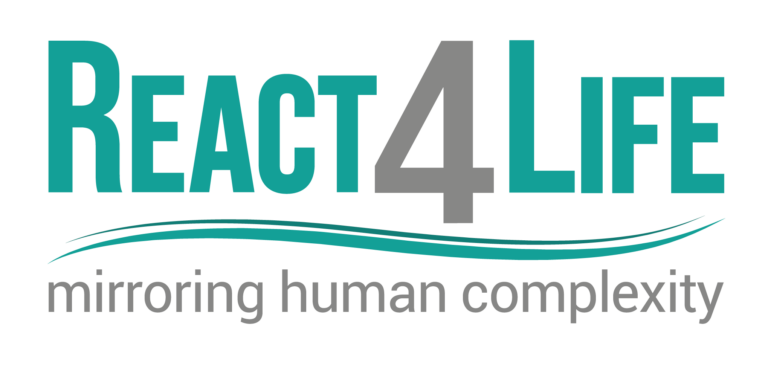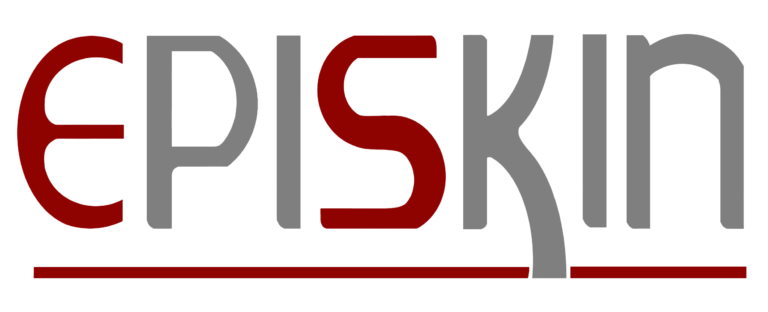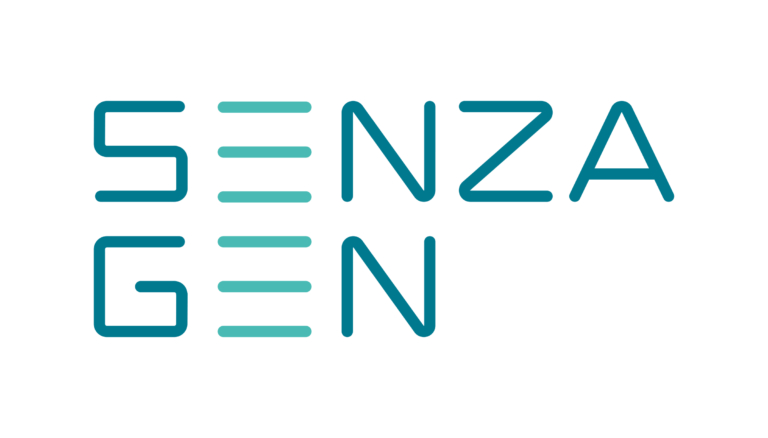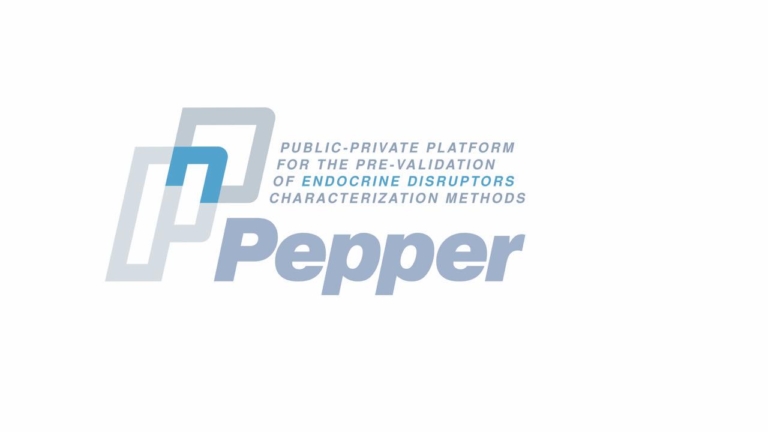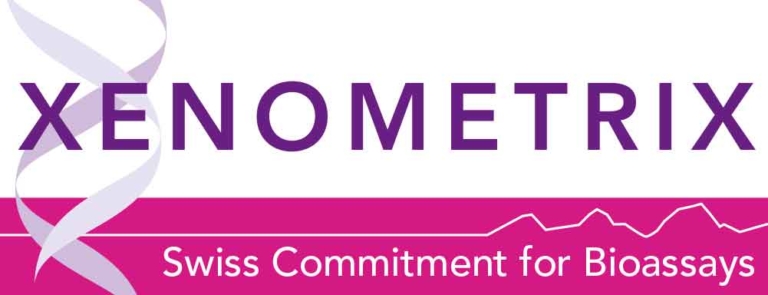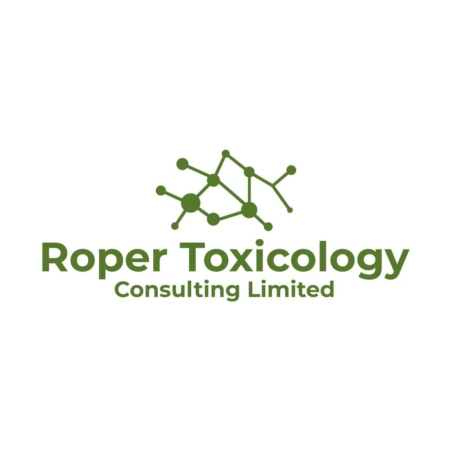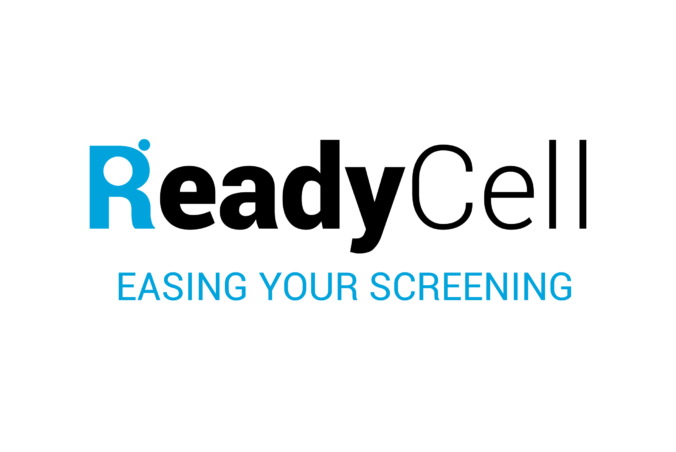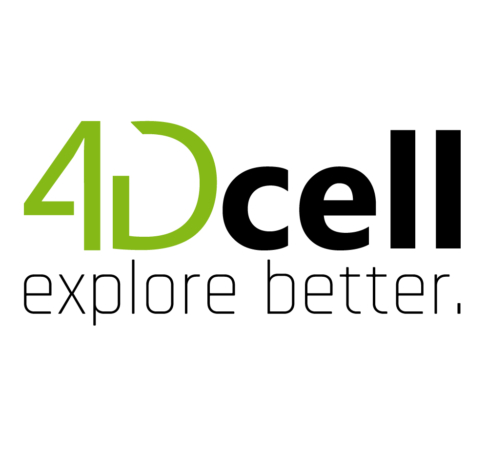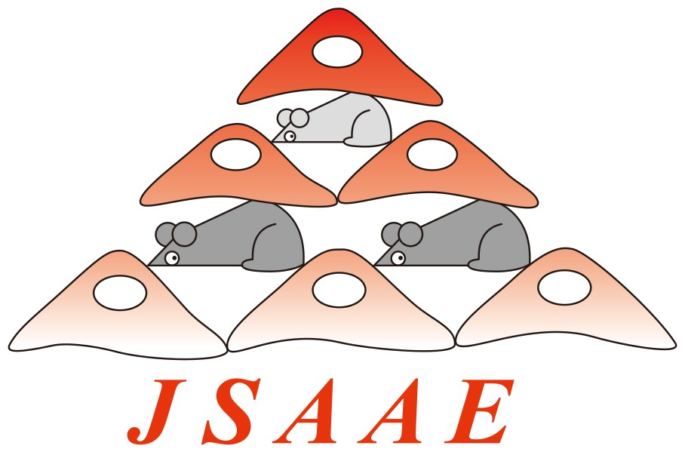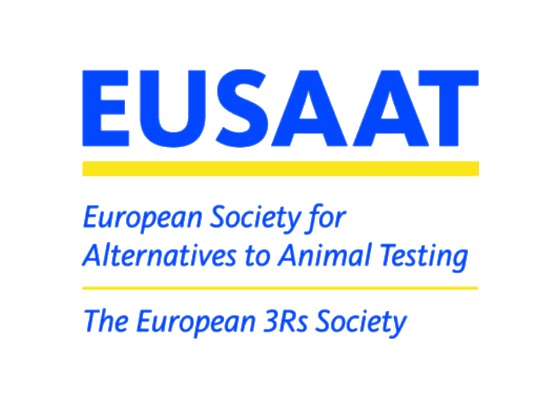Tursday, February 20, 2025 16:00 CET
Registration is open!
Featuring:Hung-Lin Kan, PhD: “Inferring potential effects of PFASs via a novel chemical-phenotype inference system ZFinfer”ASCCT 13th Annual Meeting Travel Award Recipient
Ricardo Scheufen Tieghi: “DeTox: an In-Silico Alternative to Animal Testing for Predicting Developmental Toxicity Potential”
The Suzanne Fitzpatrick Student Travel Award Recipient at the ASCCT 13th Annual Meeting
A brief Q&A session will follow each presentation.
ABSTRACTS
Inferring potential effects of PFASs via a novel chemical-phenotype inference system ZFinfer: Zebrafish is a useful model organism for toxicological research due to their small size, fast reproduction, and genetic similarity to humans. However, as environmental pollutants increase, it becomes difficult to identify all hazards using zebrafish models alone. In-silico models can help prioritize chemicals for further experimental evaluation and provide insight into underlying mechanisms. Chemical-phenotype inference system for zebrafish (ZFinfer) is a tool that uses chemical-protein interaction data from the STITCH database and gene-phenotype annotation data from the Zebrafish Information Network (ZFIN) to derive potentially affected phenotypes for quick data gap filling. ZFinfer currently includes 419,328 chemicals, 23,180 zebrafish proteins, and 3,104 zebrafish phenotypes. The system was validated using 777 ToxCast chemicals and 51 priority pollutants from the USEPA. The inference results demonstrated a sensitivity of 0.72 in critical morphological endpoints and a 93% rediscovery rate in the effect groups of known toxicity records in the ECOTOX knowledgebase. ZFinfer can help fill data gaps in environmental contaminants research, such as per- and poly-fluoroalkyl substances (PFAS), which are of concern due to their persistence and harmful effects on humans and the environment. For 164 PFAS chemicals, ZFinfer identified 5,188 potentially affected phenotypes. Additionally, ZFinfer can predict the affected phenotypes of unknown compounds based on chemical similarity. Using a Tanimoto similarity threshold of 0.65, ZFinfer predicted 1,917,718 chemical-protein interactions and identified 302,575 potentially affected phenotypes for 5,032 PFAS chemicals. ZFinfer could be used to prioritize chemicals for further evaluation, and it can be employed in drug discovery and environmental chemical hazard regulations. DeTox: an In-Silico Alternative to Animal Testing for Predicting Developmental Toxicity Potential:Background: Understanding potential developmental toxicity hazards associated with pharmaceutical and personal care products is vital for healthy pregnancies. These hazards can be predicted from chemical structures using Quantitative Structure-Activity Relationship (QSAR) models; however, developing reliable models is challenging due to the complexity of this endpoint.Objectives: This study aims to collect and curate a database of compounds, classify them according to developmental toxicity potential, develop and validate QSAR models for predicting prenatal developmental toxicity, and implement these models via an online platform to support improved regulatory assessments.Methods: By aggregating and curating data from the Food and Drug Administration (FDA), Teratogen Information System (TERIS), and select independent studies, we created the largest publicly available dataset of compounds annotated as developmental toxicants or non-toxicants.Results: We built binary classification QSAR models exhibiting a correct classification rate of 62-72%, a sensitivity of 66-75%, a specificity of 59-82%, and high coverage of 70-90%, assessed using five-fold external validation protocols. We developed a publicly accessible web portal (https://detox.mml.unc.edu/) for predicting developmental toxicity, including trimester-specific toxicity predictions.
Conclusions: Due to the high accuracy, coverage, and public accessibility of the web portal, our models can support screening and regulatory assessments of pharmaceutical and cosmetic products, aligning with the 3Rs of animal testing. This in silico model has the potential to support regulatory practices toward safer drug development for pregnant women and better environmental chemical toxicological assessments. The curated dataset and developed models are available as a user-friendly web tool, DeTox, at https://detox.mml.unc.edu/.
About the Presenters
Dr. Hung-Lin Kan is a Postdoctoral Research Fellow at the National Health Research Institutes in Taiwan. His research focuses on developing alternative methods to animal testing, particularly through in silico models designed to predict toxicity endpoints. During his PhD, he created a predictive model for neurotoxicity related to Parkinsonian motor deficits, based on the Adverse Outcome Pathway (AOP) concept. Currently, he is working on advancing a virtual zebrafish system to assess environmental hazards and minimize the use of animals in research.
Ricardo Scheufen Tieghi is a Carolina Research Scholar at the University of North Carolina at Chapel Hill and a computational toxicology intern at the NIEHS working with Dr. Nicole Kleinstreuer. His projects focus on replacing animal testing by leveraging artificial intelligence and machine learning.
Recordings and other materials from this webinar will be posted on the ASCCT webinar archive: https://www.ascctox.org/webinar-archive
 The ESTIV Members Area
The ESTIV Members Area